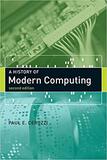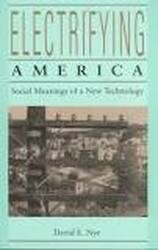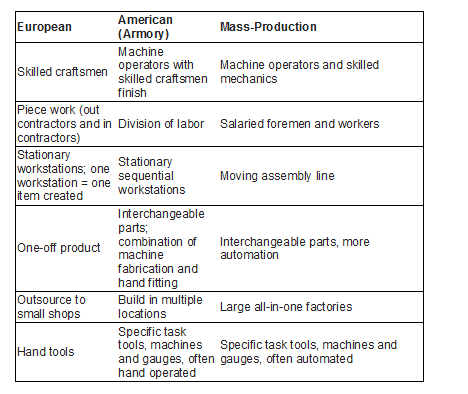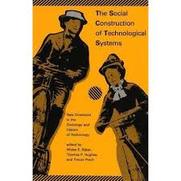
THE HANDBOOK OF SCIENCE AND TECHNOLOGY STUDIES
Edited by Edward J. Hackett, Olga Amsterdamska,
Michael Lynch, and Judy Wajcman
The MIT Press, 2008, 1065 pages
Every so many years (somewhat random as best as I can tell) leading practitioners of the field of Science and Technology Studies (STS), also known as Science, Technology and Society, put together a compendium of academic papers that represent major trends in the discipline at the time of publication. The version covered by this review is the third edition.
The major sections include thoughts about the academic discipline as a field of study, social and science practice, politics, institutions, economics, and emergent technosciences. I started reading the volume before starting my post-graduate work at Virginia Tech. Because of the size (page count) and variation of thought it takes time to wade through the papers contained. The last third or so I had to balance with my school reading that took way more of my time.
The topics are varied enough that those not specifically seeking STS insight will still likely find something so long as the reader has some interest in non-fiction. Some of the writings are more academic and jargon-filled. Others use more plane language. Like most academic papers, none are too difficult to follow, but having some context in the field helps some.








 RSS Feed
RSS Feed